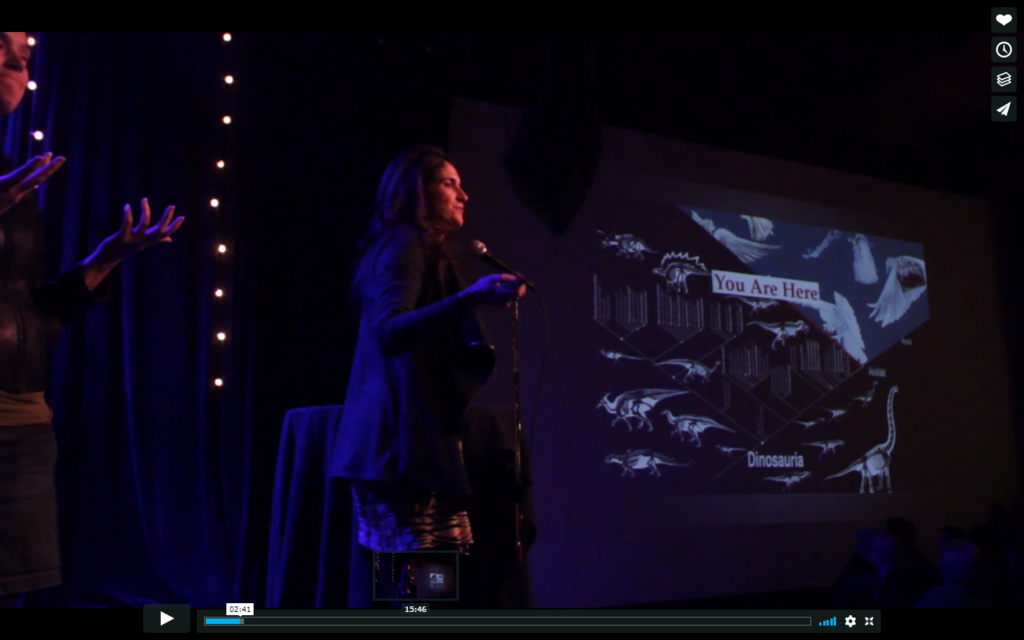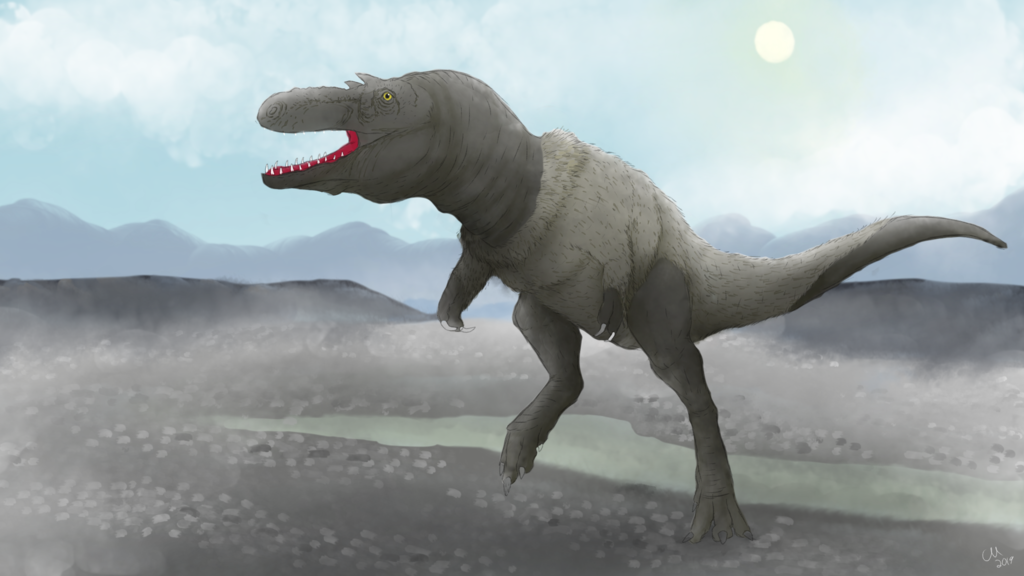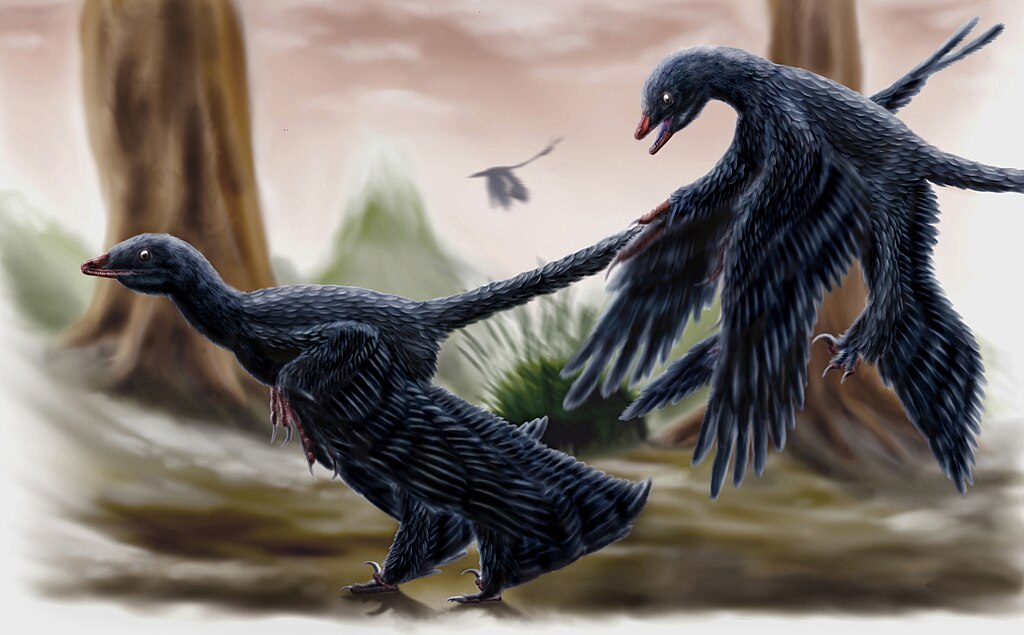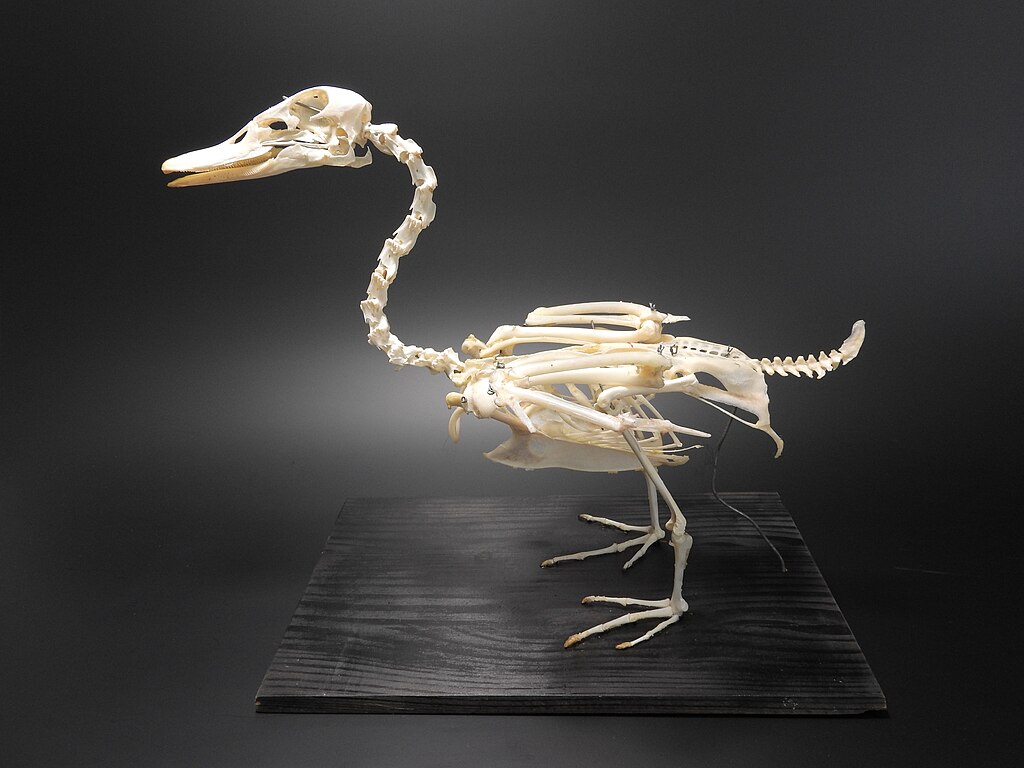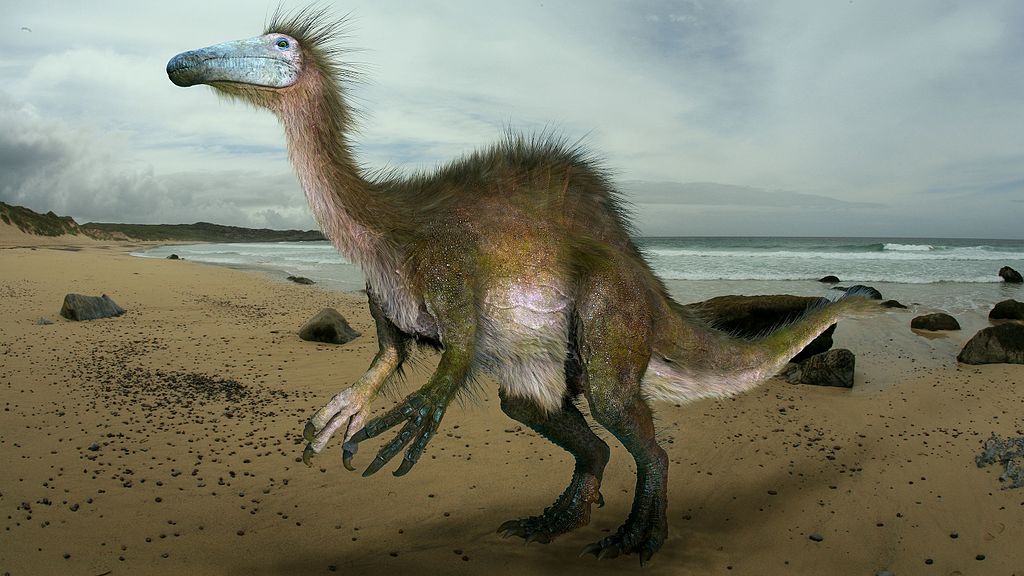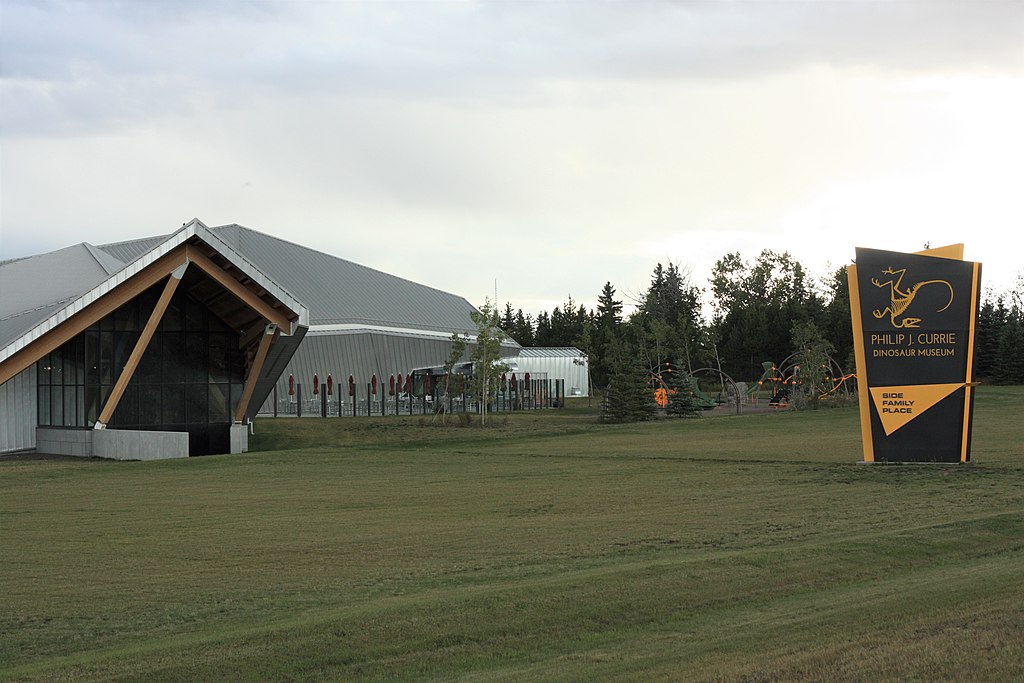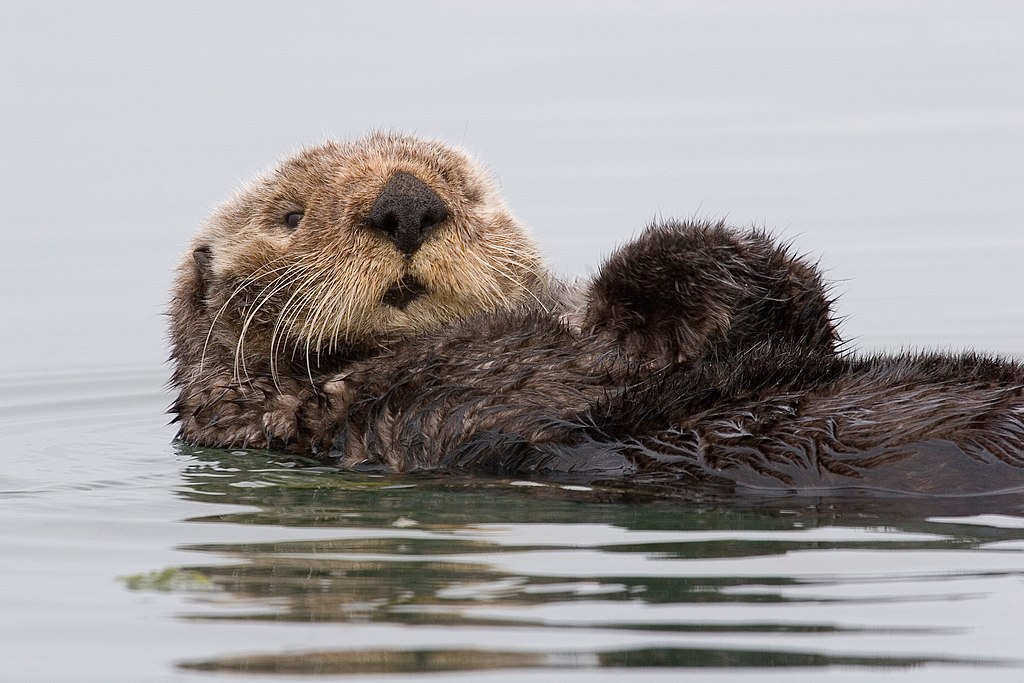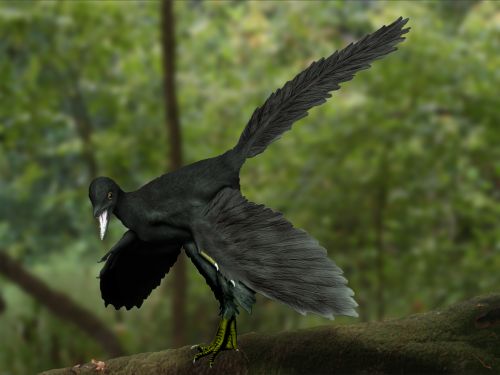Dr. Julia Clarke and the Origins of the Dinosaur Voice
Deep within the annals of paleontology, few mysteries have captured the imagination quite like the sounds that once echoed from the throats of dinosaurs. For decades, these ancient vocalizations remained lost to time, confined to creative speculation in films and popular media. Enter Dr. Julia Clarke, a groundbreaking paleontologist whose revolutionary research has fundamentally transformed ...

